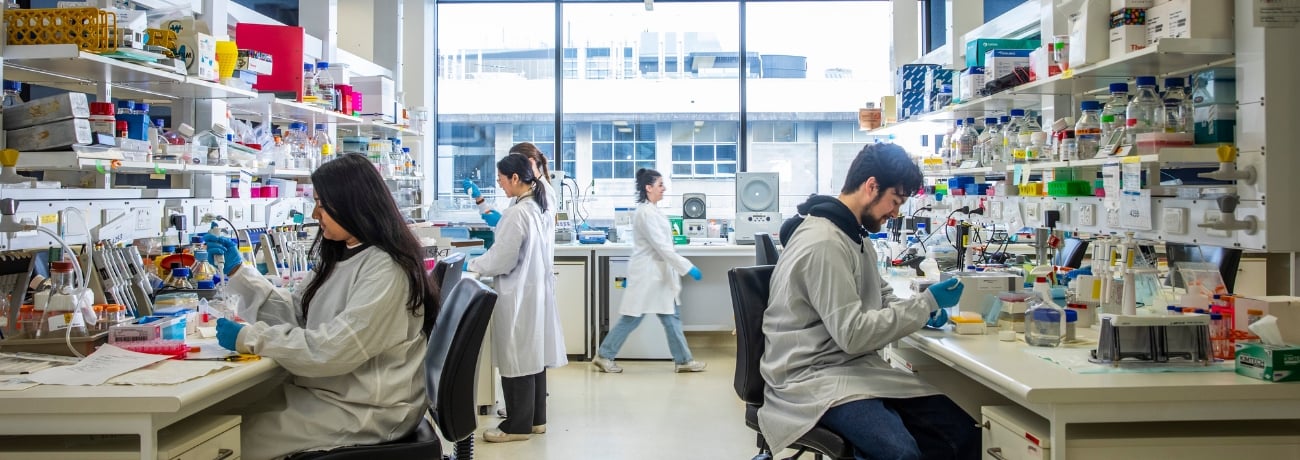Biogen and Eisai hinted last fortnight via a press release that they would announce some long-awaited positive news in the Alzheimer’s space at an upcoming conference, and they have not disappointed.
Presenting at the Alzheimer’s Association International Conference this week in Chicago, company representatives showed data that after 18 months on the highest dose of a new anti-amyloid antibody therapy, called BAN2401, Alzheimer’s patients had a 30 per cent reduction in cognitive impairment compared to people on placebo.
The treatment specifically targets and clears amyloid which scientists, including Professor Colin Masters, have long maintained is the toxic peptide driving Alzheimer’s disease.
The highest dose, 10 mg per kg twice a week, of BAN2401 was sufficient to take a patient from being amyloid-positive to amyloid-negative.
The company measures cognitive decline using an in-house metric of thinking and memory abilities. However, they also used the standard ADAS-Cog measure, which showed an even more dramatic 47 per cent reduction in cognitive decline.
“Overall, it’s a shot in the arm for the field,” Dr. Ronald Petersen, from the Mayo Clinic in Rochester, Minnesota, told Reuters.
“It rejuvenates some of the enthusiasm for attacking amyloid, that it is possible and may be successful,” he said.
Professor Masters, who attended the presentation in Chicago, said he was looking forward to seeing more of the specifics of the work when they are published in the literature.
International experts have cautiously welcomed the results, but point out that there are some important questions to answer.
Besides age, the best predictor of Alzheimer’s driven cognitive decline is someone’s ApoE genetic status. ApoE is a gene which comes in three different forms. Carrying the ApoE2 form is broadly protective, while ApoE4 confers more risk.
In the present trial, 70 per cent of patients in the placebo group were ApoE4 positive, whereas only 30 per cent of patients in the high-dose group carried the high-risk version, meaning that the encouraging result may not hold up in a larger, more randomly distributed population.
Professor Ashley Bush, Director of the Melbourne Dementia Research Centre at the Florey and University of Melbourne, says, “this is a big problem with interpreting the results, diminishing the likelihood that the treatment actually helped with the dementia.
“Additionally, the high-dose ApoE4 group suffered a brain swelling side effect called ARIA-E, which means that treating this high-risk group in the clinic may be too problematic.”
Other concerns centre around the trial size, with only 161 patients in the high-dose group, and the fact that these significant results only emerged at 18 months following treatment onset.
Dr. Alfred Sandrock, Biogen’s chief medical officer, said a subgroup analysis was underway to look at this and related issues.
Professor Bush added, “It is interesting that there was clearly a drop in amyloid in the brain in the various treatment groups, yet each dosing group still deteriorated clinically during the study. Therefore, removing amyloid does not guarantee clinical improvement.”
To read more about the Florey’s Alzheimer’s science, head to our Alzheimer’s disease overview page.
